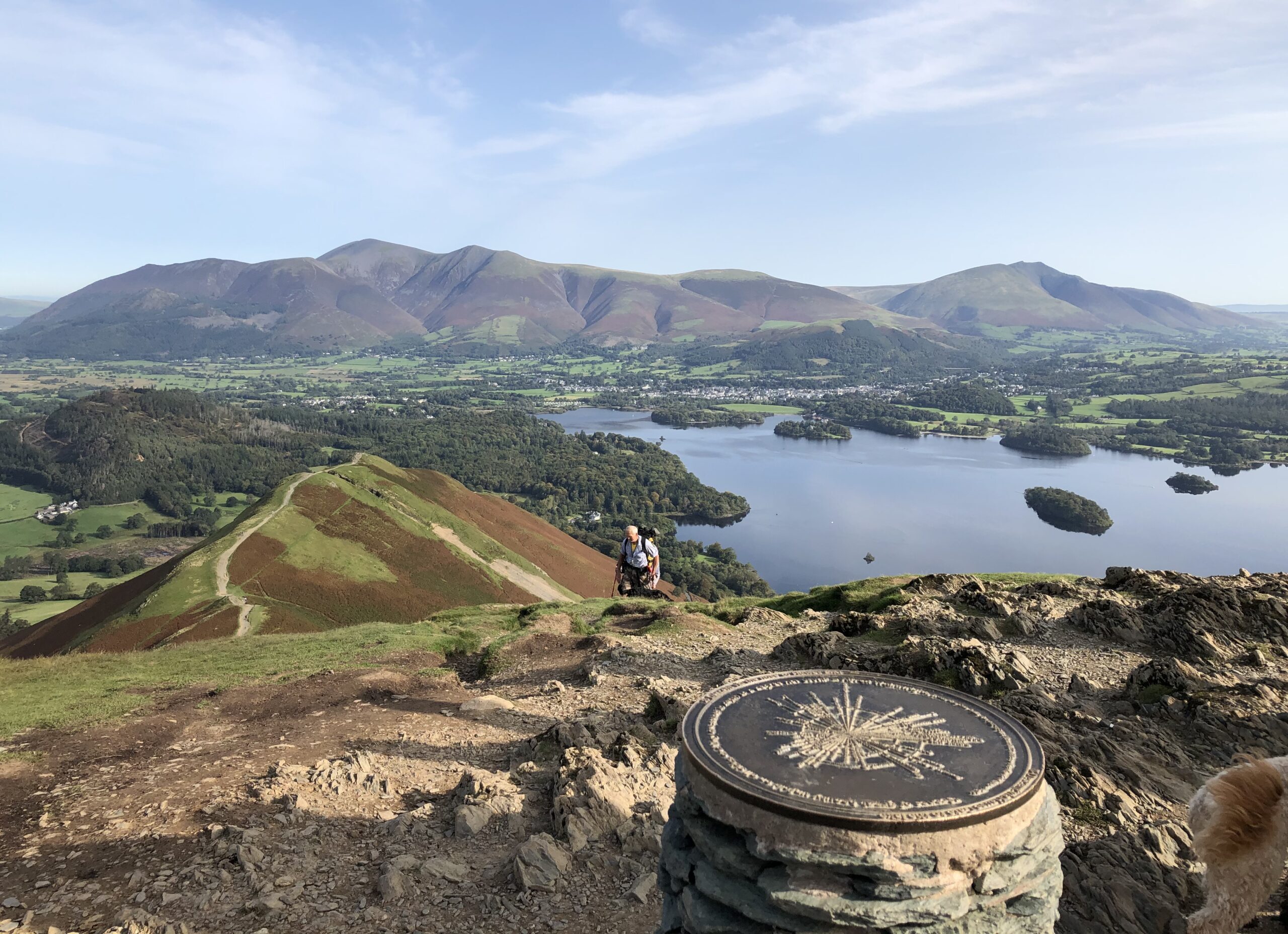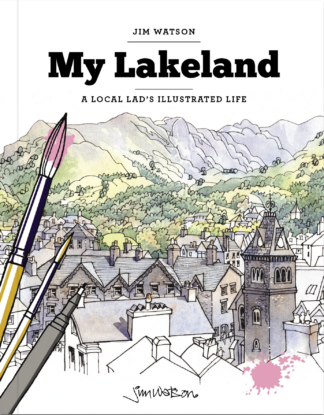Art and artists of the county
-
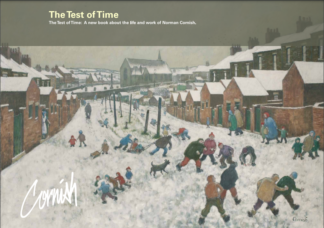
The Test Of Time
A New Book About The Life And Work Of Norman Cornish
£30.00 -
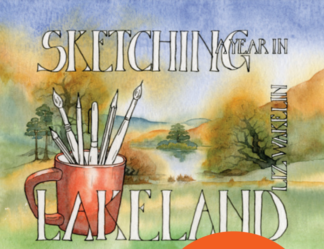
Sketching A Year In Lakeland
£14.90 -
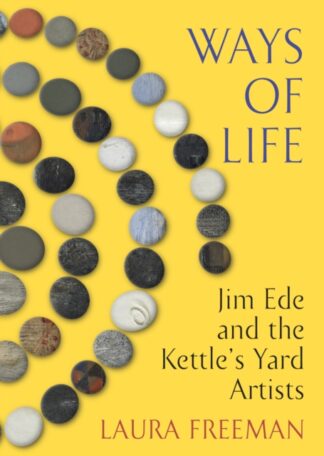
Ways Of Life
Jim Ede And The Kettle's Yard Artists
£30.00 -
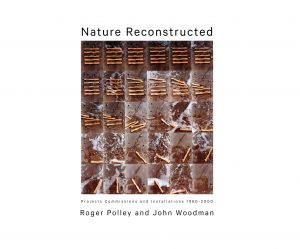
Nature Reconstructed
£30.00 -
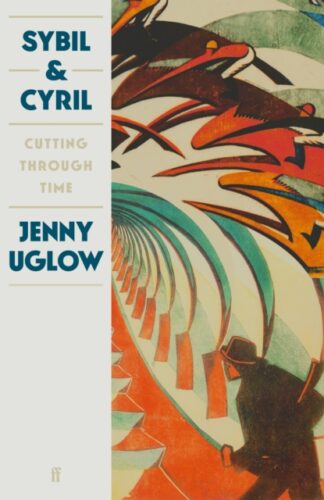
Sybil and Cyril
Cutting Through Time
£20.00 -
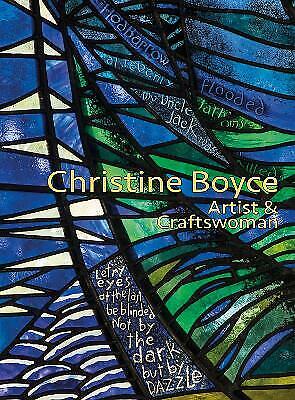
Christine Boyce
Artist & Craftswoman
£20.00 -
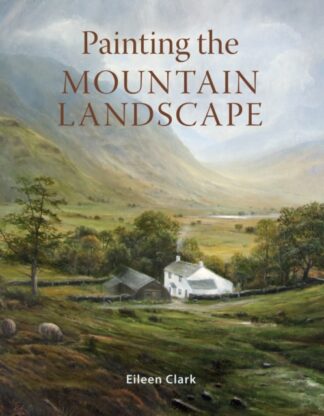
Painting the Mountain Landscape
£18.99 -
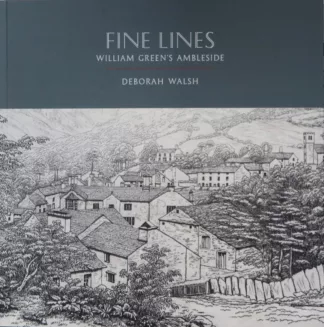
Fine Lines
William Green's Ambleside
£17.00 -
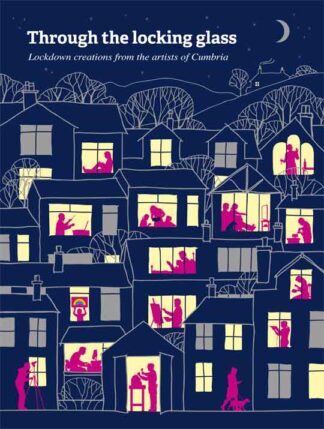
Through the Locking Glass
£14.90 -
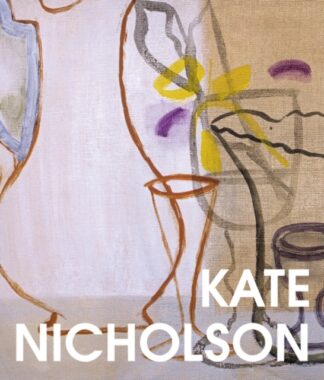
Kate Nicholson
£15.00 -
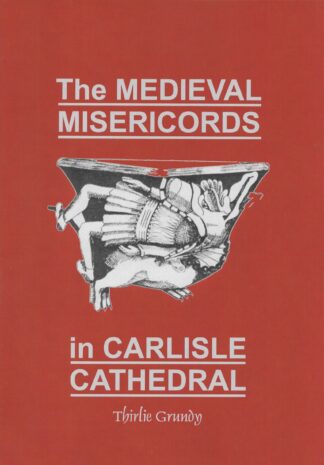
The Medieval Misericords in Carlisle Cathedral
£6.00 -
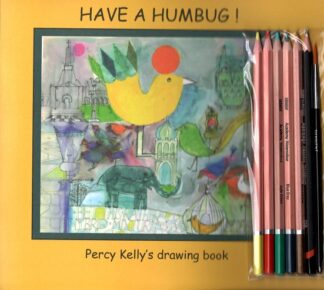
Have a Humbug!
Percy Kelly's Drawing Book
£15.00 -

Norman Cornish Behind The Scenes
£25.00 -
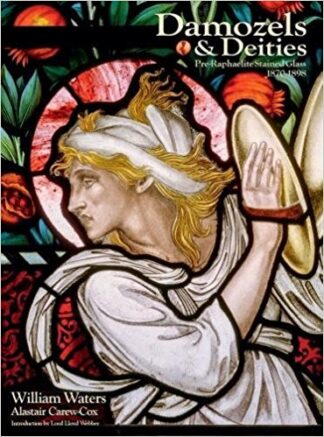
Damozels & Deities
Pre-Raphaelite Stained Glass 1870-1898
£60.00 -
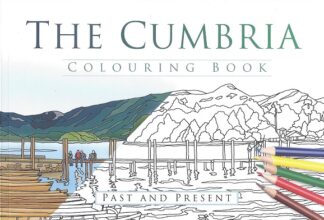
Cumbria Colouring Book
£12.99 -
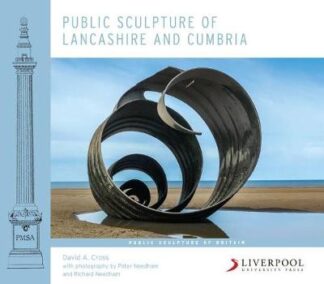
Public Sculpture of Lancashire and Cumbria
£45.00 -
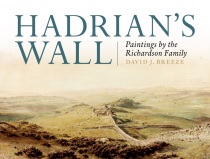
Hadrian’s Wall: Paintings by the Richardson Family
£25.00 -
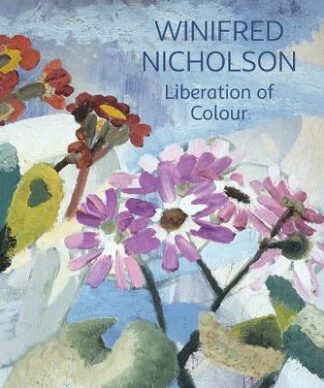
Winifred Nicholson – Liberation of Colour
£18.99 -
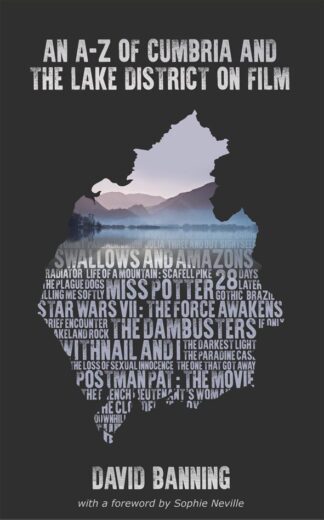
A-Z of Cumbria and the Lake District on Film
£12.00
Showing 1–20 of 40 results
